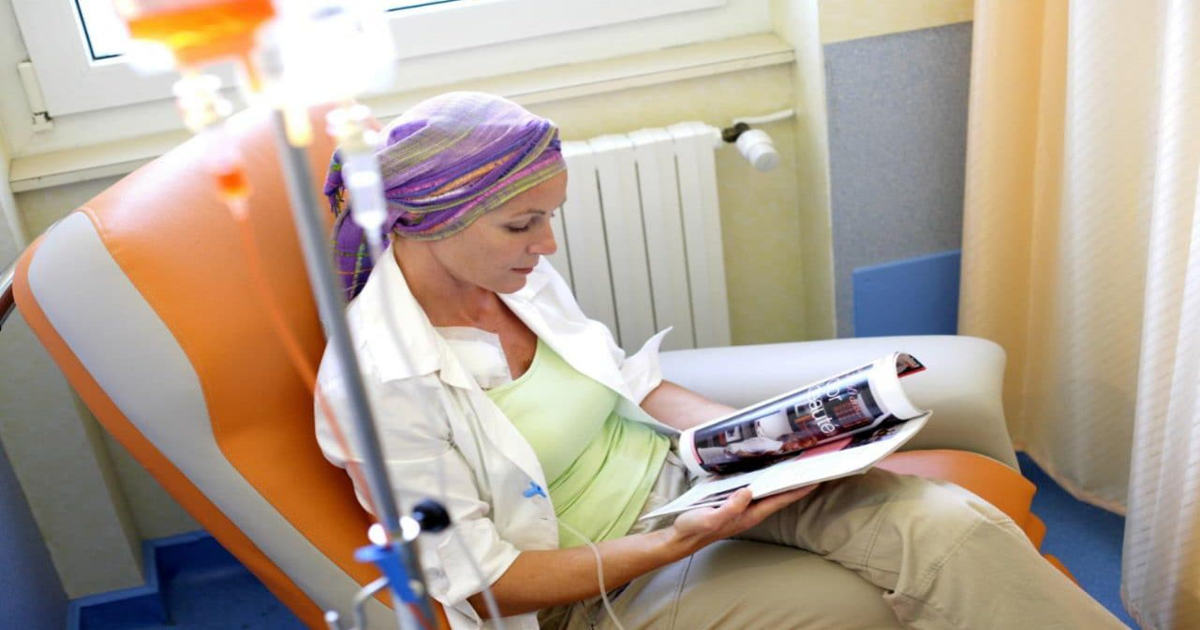Acute Lymphoblastic Leukemia Overview
Risk Groups And Risk Factors

There is no known concrete reason for why some develop acute lymphoblastic leukemia while others do not. However, there are still risk factors associated with this disease. Heartbreakingly, children aged two to five are the most common victims of this cancer. Furthermore, Caucasian males appear to be affected more often, and those who have previously had chemotherapy or radiation are also at a higher risk. Other major risk factors include exposure to toxic chemicals such as benzene, nuclear waste, or excessive radiation. An individual's chances of developing ALL are increased if a sibling has had it.
Continue reading to learn about how doctors diagnose acute lymphoblastic leukemia and available treatment methods.
Diagnosis And Treatment

Diagnostic tests include a complete blood count, blood smears, and a bone marrow biopsy. The biopsy is taken with a spinal tap (lumbar puncture), and an ultrasound or CT scan can be used to find out if acute lymphoblastic leukemia has spread to other parts of the body. There is no way to prevent ALL, unfortunately, since the direct cause is unknown.
Treatments for this form of cancer include chemotherapy, radiation, and stem cell transplants. Treatment is designed to kill leukemia cells that have spread to other parts of the body. The chance of recovery depends on a range of factors including the patient's age, the number of white blood cells at the time of diagnosis, and other health conditions, if present.
Get the details on how targeted therapy can help in the treatment of acute lymphoblastic leukemia now.
